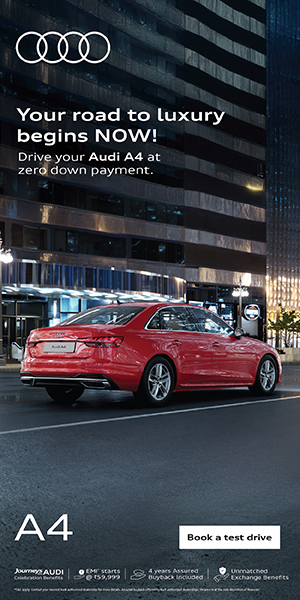What Are the BS6 Emission Norms for Petrol & Diesel Vehicles?
- Cars
- 15 Jul, 2025
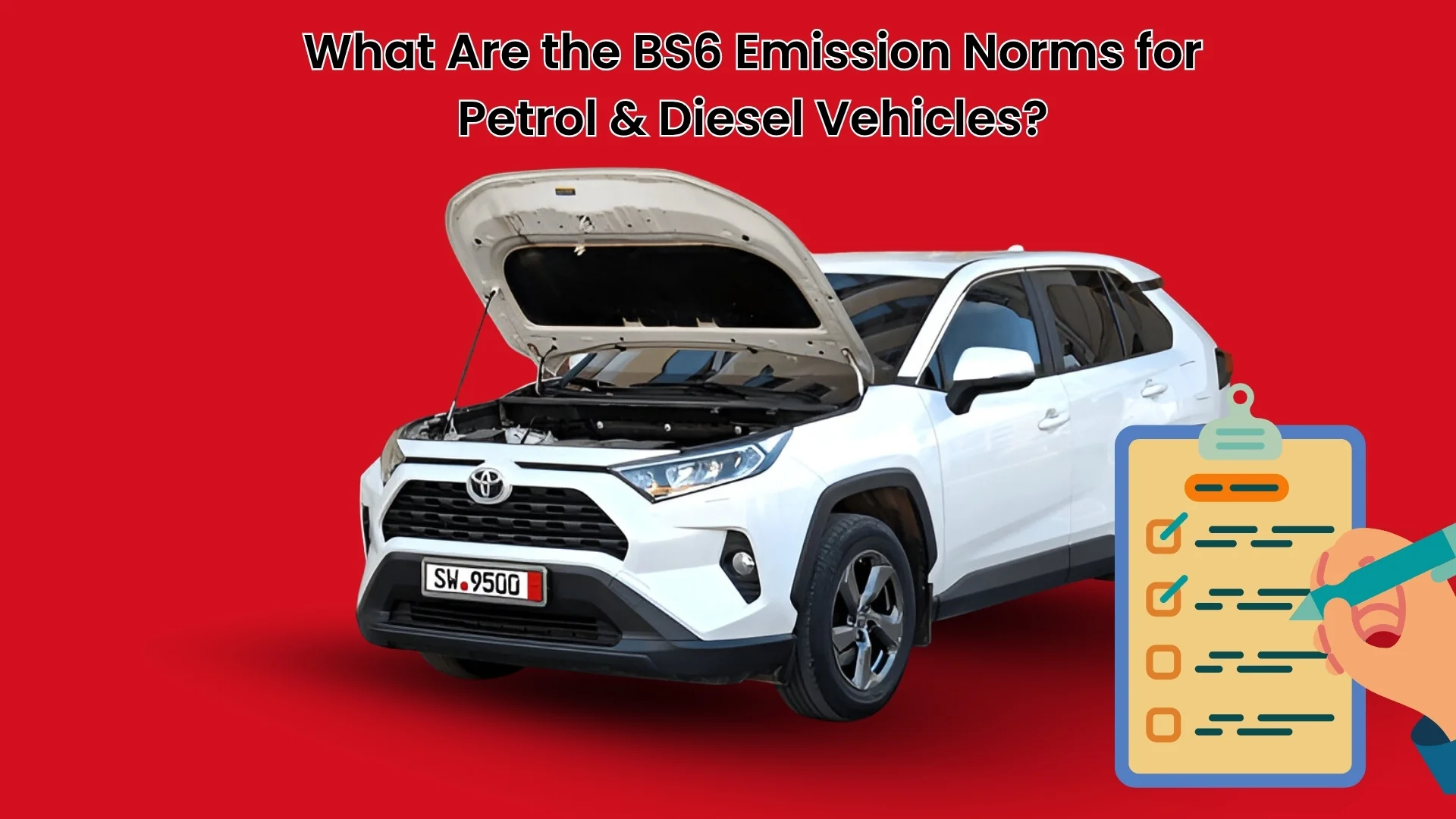
India’s automotive industry underwent a dramatic shift with the introduction of BS6 emission norms, aimed at significantly reducing the pollution caused by vehicles on the road. These norms, aligned closely with Europe’s stringent Euro 6 standards, were rolled out to curb the rising levels of harmful emissions. But what exactly do BS6 norms demand from petrol and diesel vehicles? Let’s explore this in detail.
What Are BS6 Emission Norms?
BS6, short for Bharat Stage VI, represents India’s sixth stage of emission regulations defined by the Central Pollution Control Board under the Ministry of Environment. These norms set strict limits on the amount of harmful pollutants like carbon monoxide (CO), hydrocarbons (HC), nitrogen oxides (NOx), and particulate matter (PM) that vehicles can emit.
Implemented nationwide from April 1, 2020, BS6 norms were a direct jump from BS4, intentionally skipping BS5 to urgently tackle air pollution. The introduction of BS6 meant stricter emission standards and advanced technology requirements for automakers, pushing India’s regulations much closer to the global best practices.
BS6 Norms for Petrol Vehicles
For petrol vehicles, BS6 norms imposed stricter controls primarily on hydrocarbons and nitrogen oxides. Compared to BS4 standards, BS6 significantly reduced the permissible combined limit of hydrocarbons and NOx emissions by nearly 44%. While carbon monoxide limits largely remained the same, petrol engines, especially direct injection ones, also faced new regulations on particulate matter — a pollutant that was not previously monitored under BS4 for petrol engines. This is why many modern petrol cars now come equipped with Gasoline Particulate Filters (GPF).
Additionally, BS6 petrol vehicles are now required to have On-Board Diagnostic (OBD) systems, which continuously monitor the car’s emission performance. These vehicles are also preparing to comply with future Real Driving Emission (RDE) norms, which will test vehicles under actual road conditions instead of only laboratory settings.
BS6 Norms for Diesel Vehicles
Diesel engines faced even more dramatic tightening under BS6 norms because they typically emit higher levels of NOx and particulate matter. Under BS6, the permissible NOx emission level for diesel vehicles was slashed by nearly 68%, and particulate matter emissions were reduced by an impressive 82% compared to BS4 levels. This forced automakers to integrate advanced systems like Diesel Particulate Filters (DPF) to trap fine particles and Selective Catalytic Reduction (SCR) systems that use AdBlue solutions to chemically reduce NOx emissions.
Diesel vehicles also now include sophisticated OBD systems to keep emissions in check and prepare for stricter on-road emission checks that are being phased in. Together, these upgrades have made diesel BS6 vehicles far cleaner than their BS4 predecessors.
How BS6 Impacts Vehicle Performance & Fuel Efficiency
Pros
- Cleaner exhaust: Vehicles emit dramatically fewer pollutants, improving air quality.
- Advanced tech: Engines come with upgraded ECUs, fuel injection systems, and emission after-treatment.
Cons
- Higher cost: BS6 vehicles are 10-20% more expensive due to DPF, SCR, and more advanced electronics.
- Slight drop in fuel efficiency: Added systems slightly reduce mileage, though manufacturers are minimizing this.
- AdBlue maintenance: Diesel BS6 vehicles need regular AdBlue refills for SCR systems.
Government’s Role in Enforcing BS6 Standards
The Indian government played a crucial role in ensuring the success of BS6 norms. It made it illegal to sell or register BS4 vehicles after March 31, 2020, ensuring that only BS6-compliant vehicles were available in the market from April 1, 2020. To support this shift, the government also mandated that all fuel stations supply only BS6-grade fuel, which contains just 10 parts per million (ppm) of sulphur, a significant drop from the 50 ppm allowed under BS4 fuel.
Additionally, the government provided incentives under schemes like FAME II and monitored compliance through periodic checks. These decisive measures helped India transition to BS6 standards at one of the fastest rates globally.
List of Cars Discontinued Due to BS6
The BS6 transition saw many older models phased out, especially diesels where the cost to upgrade was too high. Examples include:
- Maruti Suzuki Diesel Lineup: Maruti stopped all its small diesel engines including in Swift, Dzire, Baleno, Brezza.
- Honda BR-V & CR-V Diesel: Discontinued to avoid costly BS6 upgrades.
- Volkswagen Ameo: Discontinued entirely during the transition.
- Skoda Rapid Diesel & Toyota Corolla Diesel: Also axed.
Many manufacturers chose to drop diesels from small cars and instead focus on petrol and hybrid models.
Future of Emission Norms: Will BS7 Come Soon?
Looking ahead, India’s focus on cleaner mobility is expected to continue. The next big step will likely be the rollout of BS6 Stage 2, also known as BS6 Phase 2, which will tighten regulations further by introducing real driving emission tests and more stringent on-board diagnostic monitoring. This is already being phased in for new models from 2023-2024.
As for BS7 norms, they are expected to come into effect around 2026-2027, bringing even stricter targets for pollutants like NOx, PM, and possibly new parameters such as ammonia emissions. This ongoing evolution highlights India’s commitment to aligning with global emission standards and improving air quality.
Conclusion
The introduction of BS6 norms for petrol and diesel vehicles marks a significant leap forward in India’s efforts to combat vehicular pollution. While it has increased the complexity and cost of new vehicles, it has also drastically reduced harmful emissions, benefiting both the environment and public health. With future norms like BS6 Stage 2 and BS7 on the horizon, India’s journey towards cleaner automotive technology is well underway, promising a greener future for all.
Latest Car News
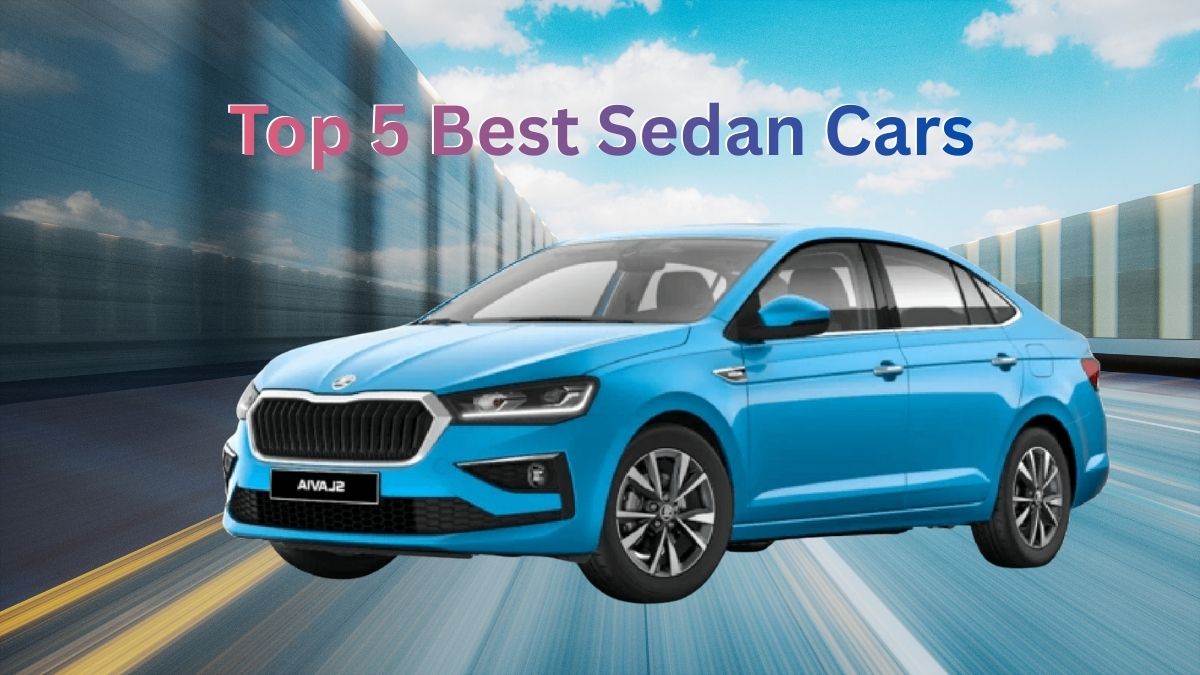
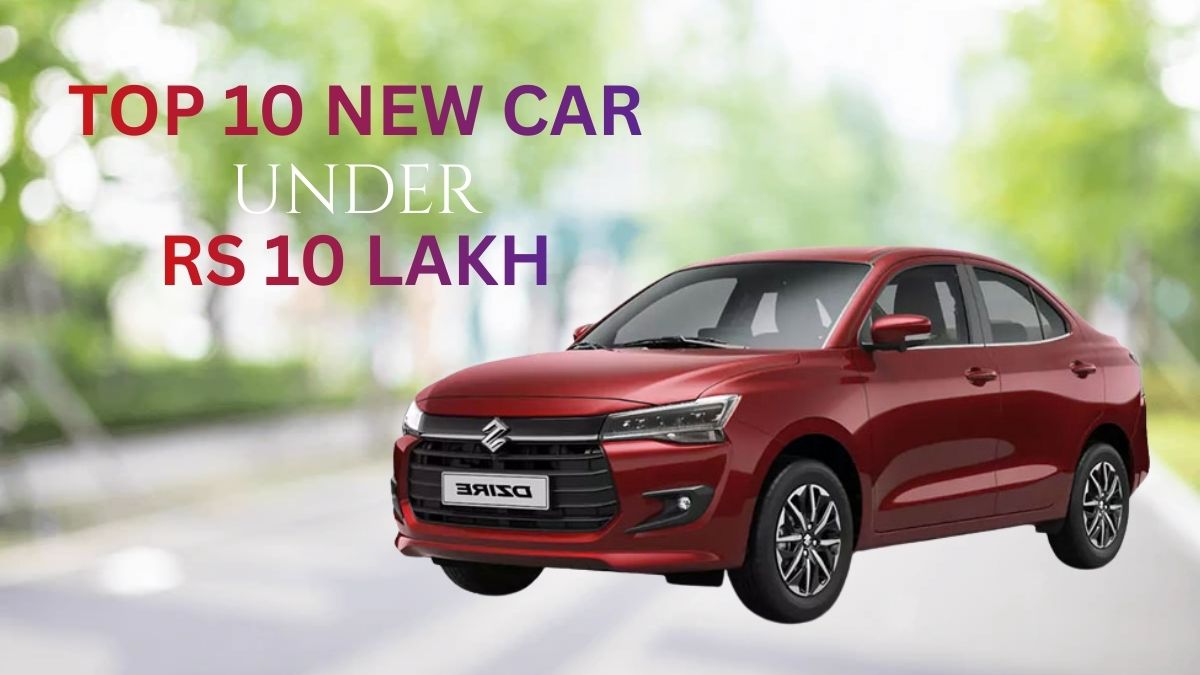
Top 10 Cars Under 10 Lakhs in India (2026 Buyer’s Guide)

Top 6 Safest Cars in India
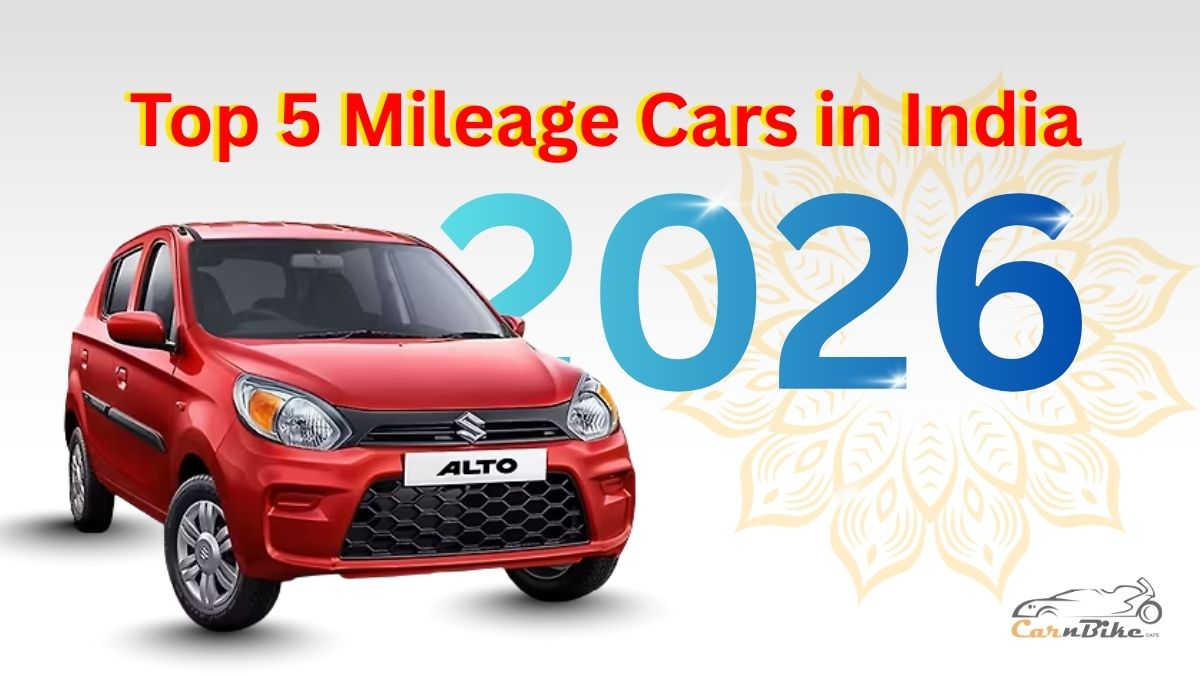
Top 5 Mileage Cars in India
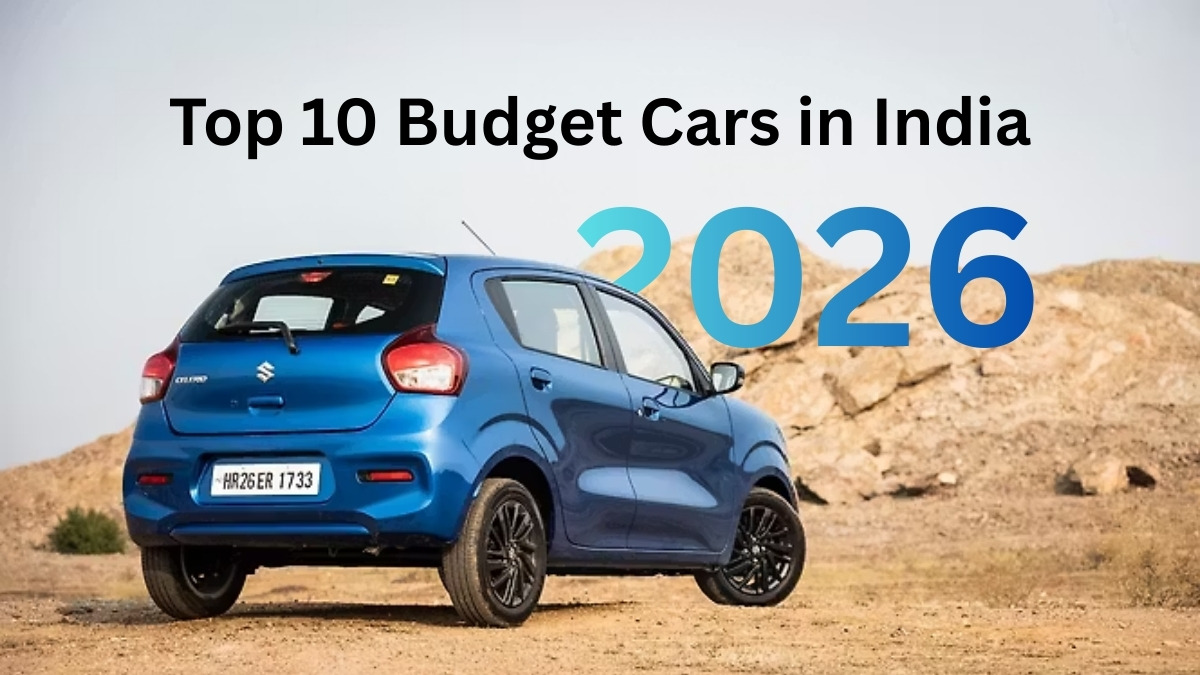
Top 10 Budget Cars in India

Why 2026 Is Set to Be the Biggest Year Ever for Middle-Class Car Buyers
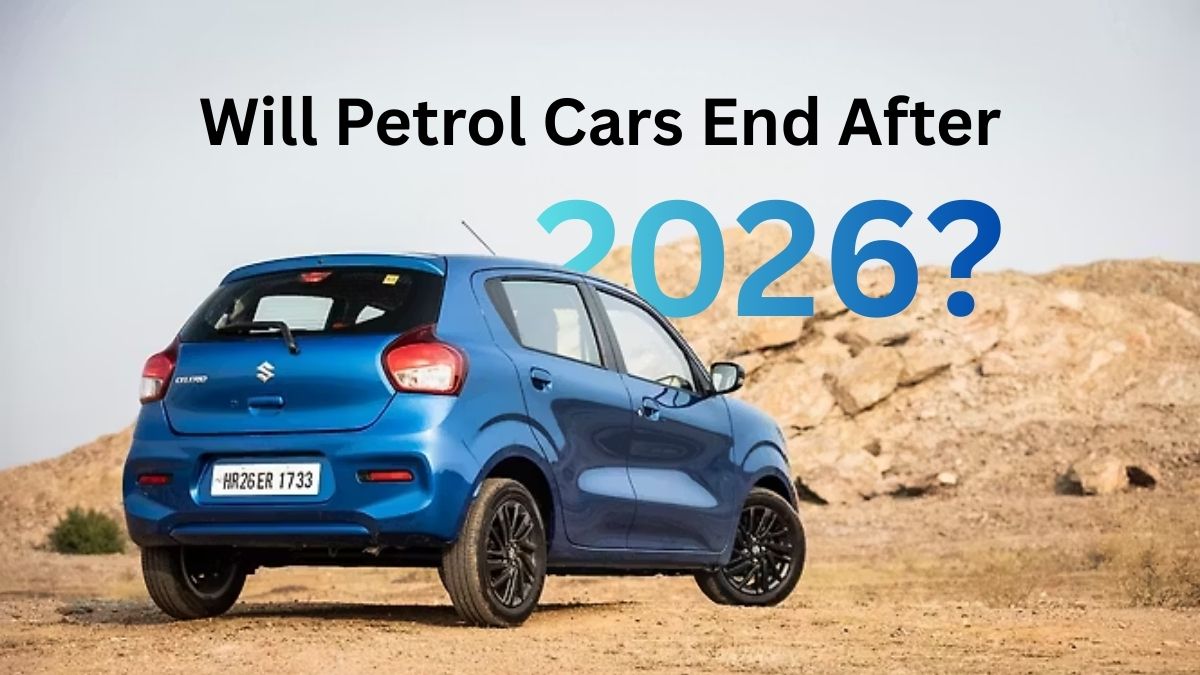
New Year 2026: Is This the End Date for Petrol Cars? Government Plans Revealed
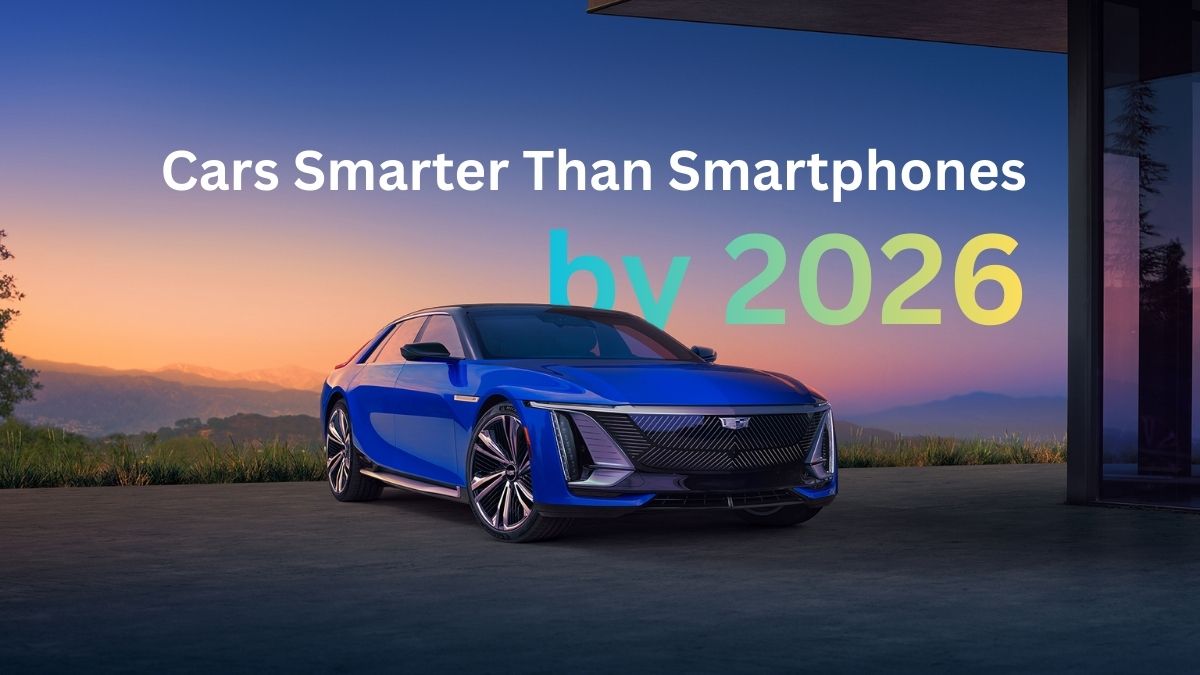
Cars in 2026 Will Be Smarter Than Smartphones – With Real Proof

Before 2026, the Way We Drive Cars Will Change Forever: 5 Features Never Seen in Any Car Before
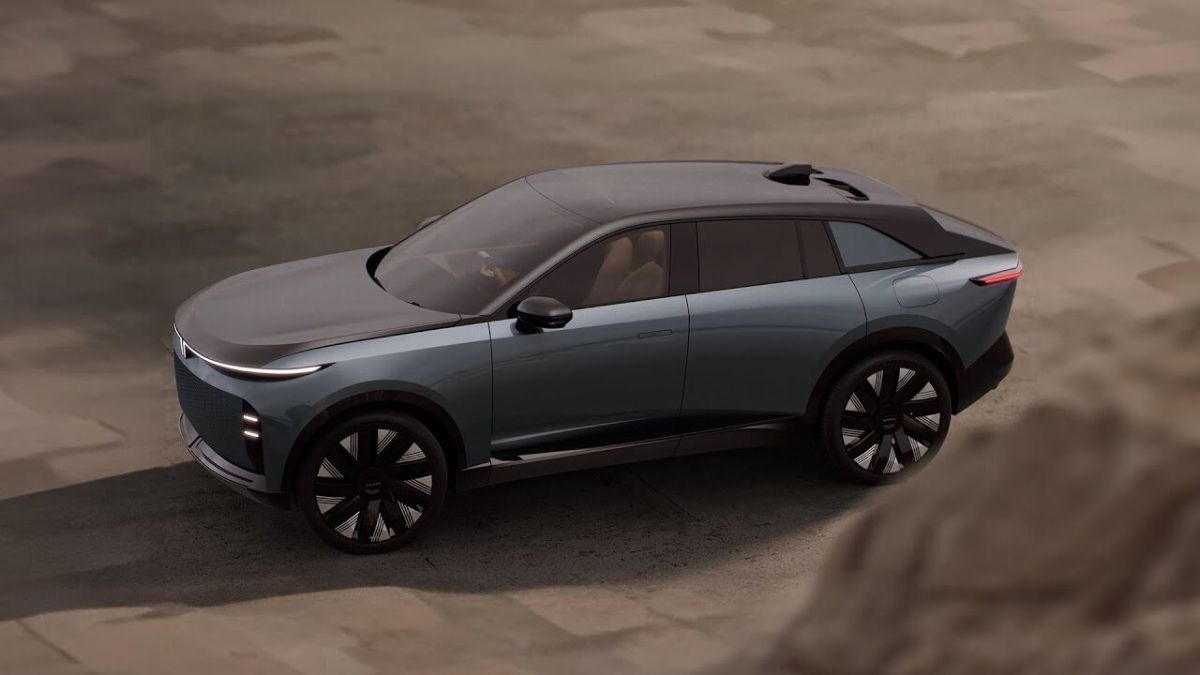
Tata Avinya 2026 India Launch: Expected Price, Features, Range and Latest Update
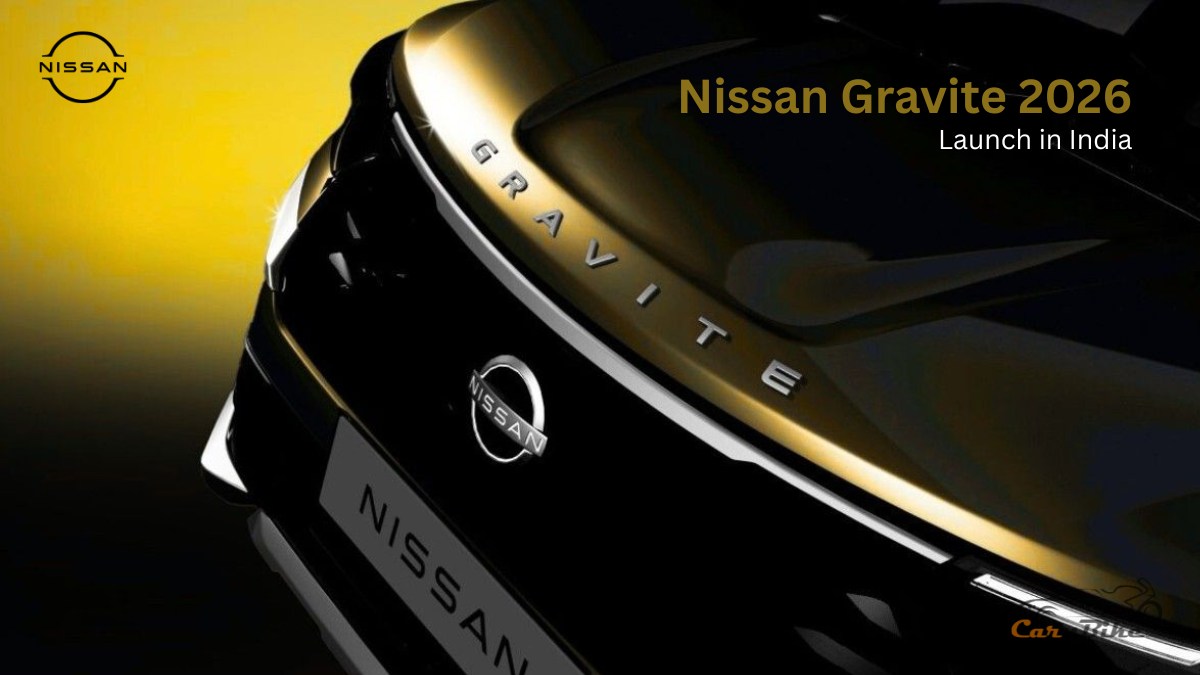
Nissan Gravite 2026 Launch in India: Expected Price, Features, Mileage and Full Details














